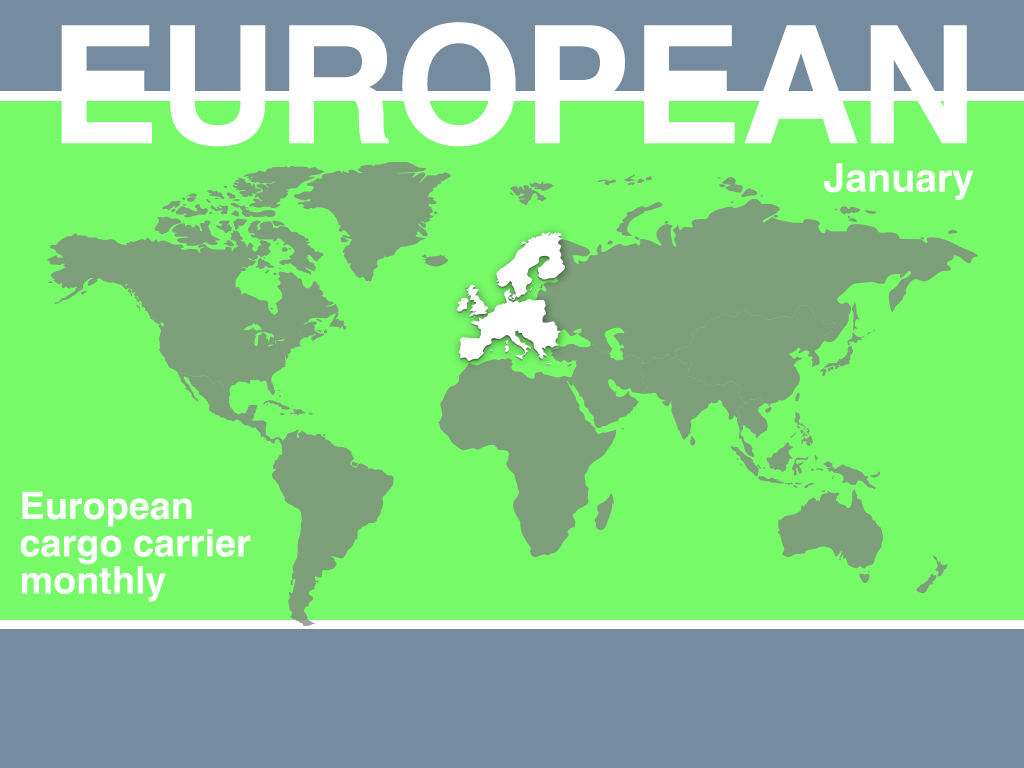European Cargo Monthly: Tough start for Lufthansa and AF KLM
21 / 02 / 2019

Lufthansa Cargo and Air France KLM have had a tough start to the year, with both reporting declines in freight traffic figures in January.
German carrier group Lufthansa saw cargo traffic decline by 5% year on year in January to 767m revenue cargo tonne kms (RCTK).
Meanwhile, capacity increased by 7% resulting in its load factor slipping to 59.1% compared with 66.6% last year.
While traffic declined compared with 2018 levels, the figure was still ahead of January 2017 when the airline handled 738m RCTK.
Air France KLM, meanwhile, saw cargo traffic decline by 1% year on year in January to 656m revenue tonne kms (RTK).
This is the Franco-Dutch group’s slowest start to the year since Air Cargo News records began in 2011.
Drilling further into the figures, Air France reported an increase while there was a decline at KLM. Its cargo load factor for the month dropped to 55.1% against 55.9% last year.
Figures recorded over the first couple of months of the year can be affected by the timing of the Chinese New Year and analysts tend to wait until first quarter figures are in before making any judgements on how the year will progress.
That said, IATA has been warning of a slowdown for European carriers in its last few monthly market reports.
The December report – the latest available – said that carriers have been affected by weaker manufacturing conditions for exporters, particularly in Germany, along with mixed economic indicators.
Meanwhile, it was a better start to the year for IAG Cargo, which saw cargo traffic increase by 4.1% to 449m cargo tonne kms. The increase follows a 0.9% decline in cargo traffic last year and is the airline group’s strongest start to the year since January 2012.
Finnair, meanwhile, reported the largest percentage increase of the carriers as it added extra capacity and after implementation issues at the start of last year.
The airline registered a 24.3% improvement to 76.1m RTK, which is its busiest ever January, while its load factor increased to 55.7% compared with 51.2% last year.
Improvements were driven by strong cargo market development in Japan and Western Europe. Additionally, Nordic markets developed favourably, the carrier said.
In January last year, the airline was in the process of opening a new cargo centre and switching to new cargo software and increased automation, which affected performance.
In terms of capacity additions, Finnair’s long-haul capacity increased with one new A350 aircraft that entered the service in December 2018.














